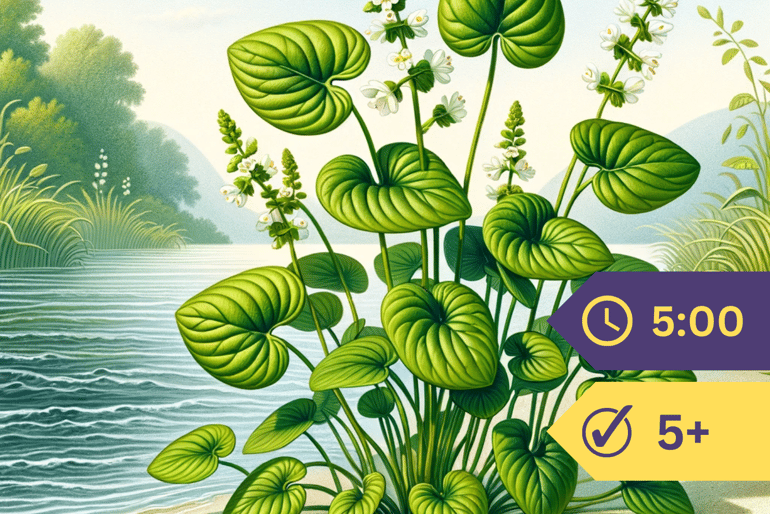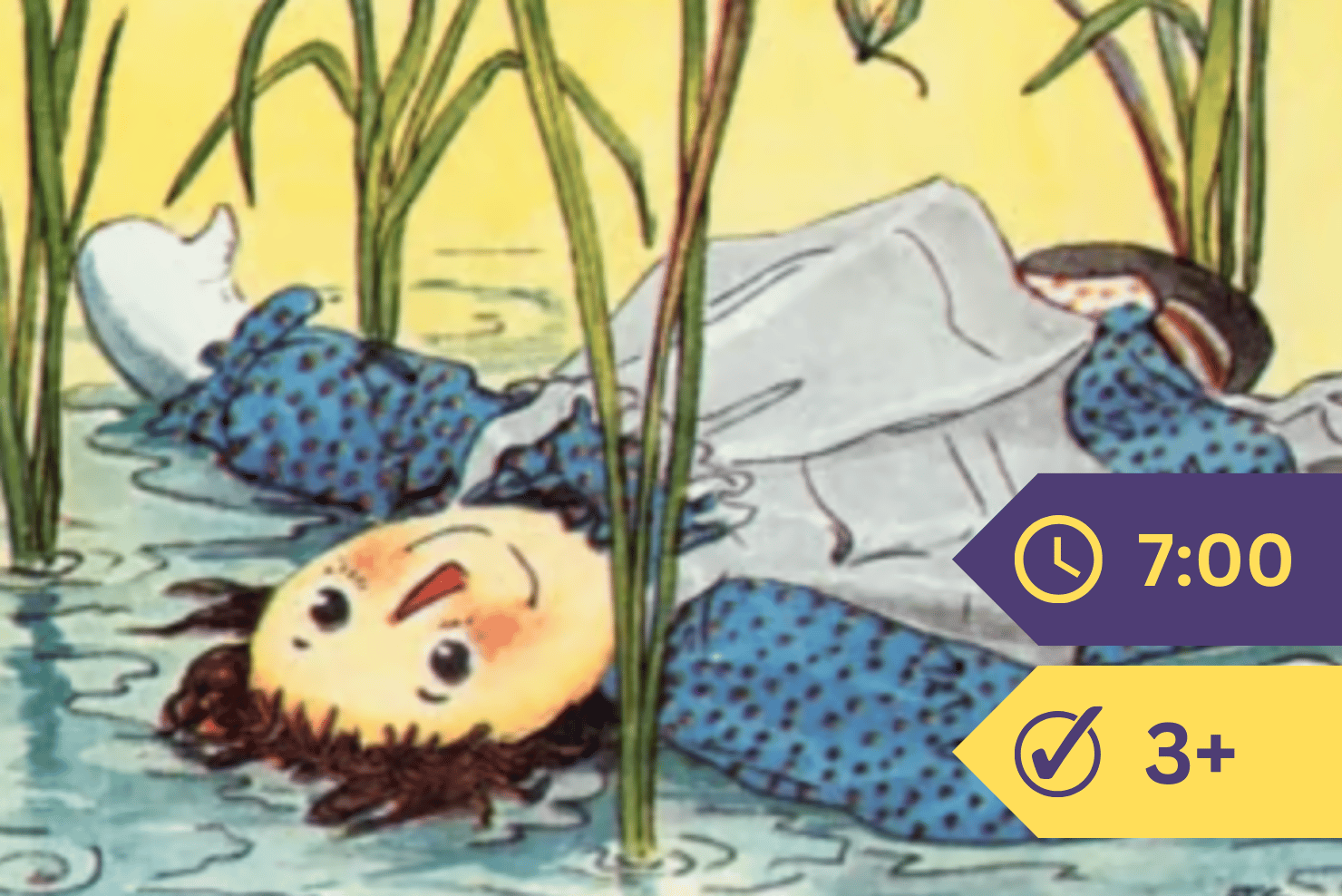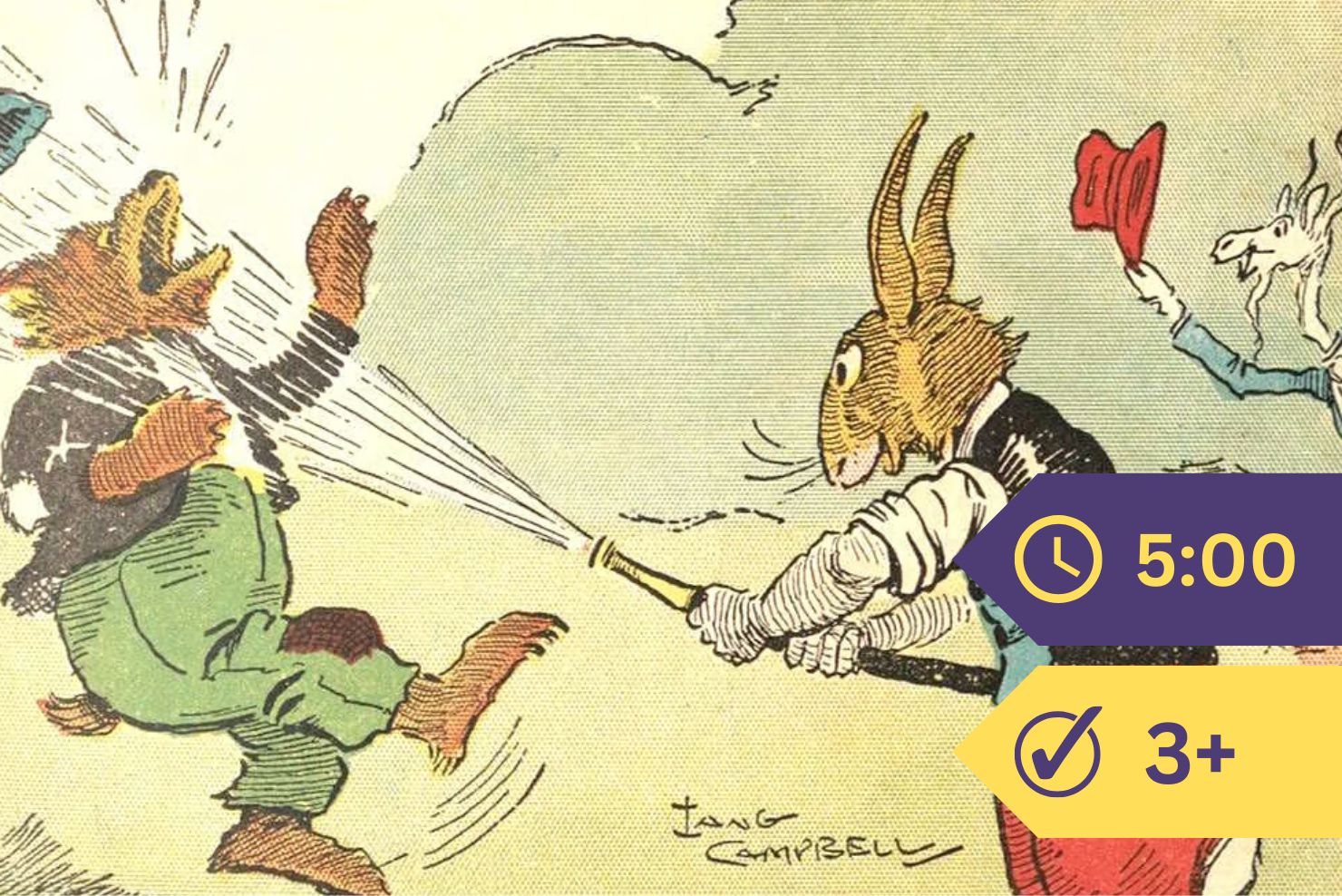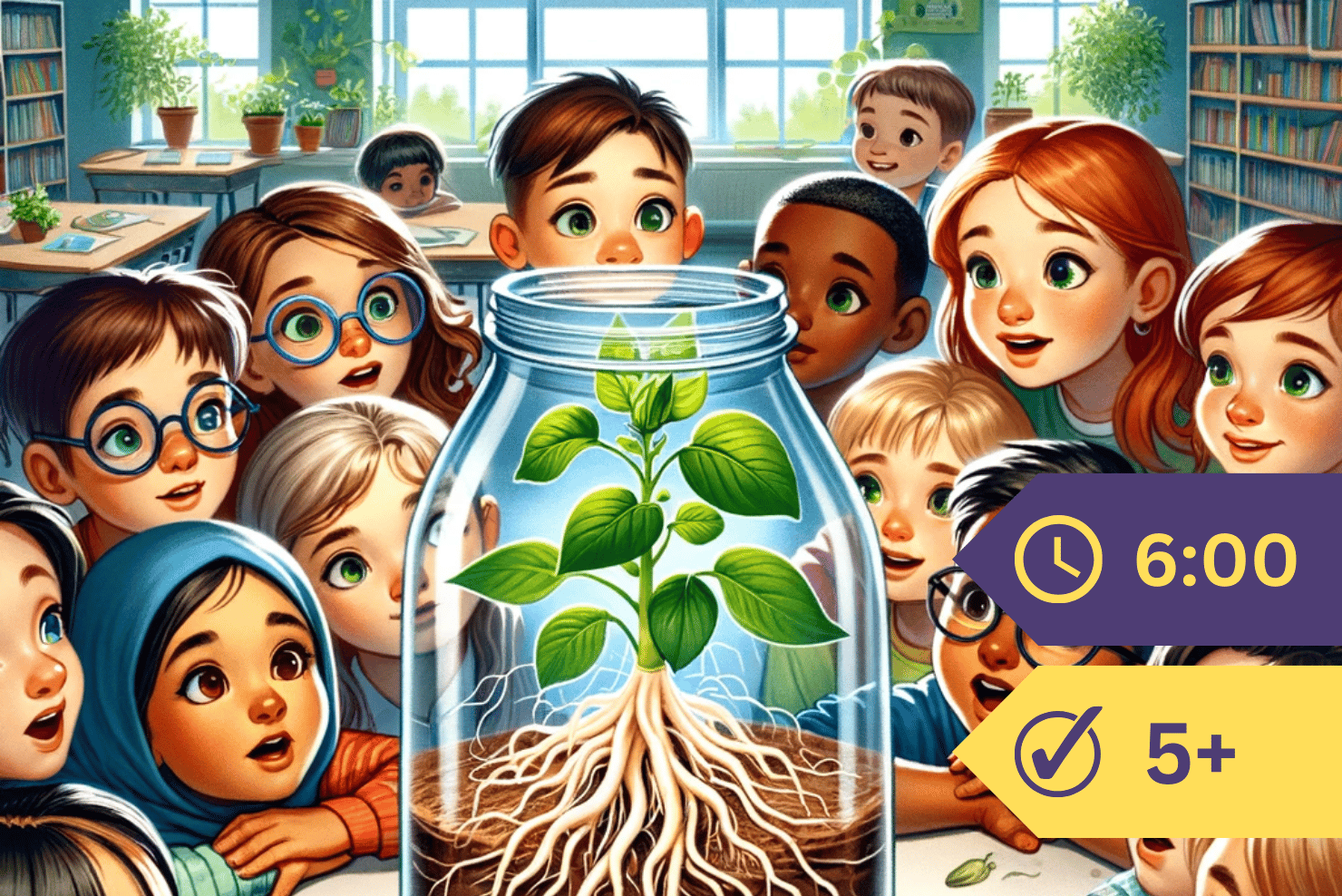Beside the stems which stand erect without help (like that of the corn), and those which climb by means of some support (like those of the morning-glory and bean), and those which are held up by the water (like that of the water lily), there are stems which slant upward (like that of the red clover), stems which lie upon the ground (like that of the snowberry), and stems which creep (that is, which run along the ground), and which strike root, and so give rise to new plants (like those of the white clover and strawberry).
With the new plants you meet, try always to notice to which of these different classes their stems belong; for later, when you wish to use the botany and to learn the names of the plants, this habit of noticing things will help you greatly.
Then, too, with every new plant, you should find out whether its stem is round or square, and whether it is smooth or hairy, or if it is at all thorny.
The thorns and hairs which some plants scatter over their stems protect them from animals and insects, which might otherwise do them an injury.
By the thorns little snails are prevented from climbing up the stems and eating away the green leaves above; and the cows and horses are pretty sure to leave the thorny plants well alone. It is easy to understand why we find thistle plants growing thickly in the pasture, which is nearly bare of everything else. Long ago these thistles clothed themselves in an armor of prickles, and ever since they have been successful in waging war against the cattle.
Sometimes a tree will cover its lower part only with thorns. Why is this, do you suppose?
This is because only the lower branches are within reach of the cattle. Only these have any need of a suit of thorns. The wild pear, which grows in Europe, is such a tree as this.
A stem that is covered with hairs, and also one that is sticky in spots, serves to protect its flowers from an attack by ants, or by other insects that might do them harm; for these flowers, you remember, hold the golden dust which works such wonders when carried to another flower. And you recall, that, when bees go to plants for the sweet stuff from which honey is made, they carry this flower dust from blossom to blossom. But if the sweet stuff is given up to greedy insects, then this good work is not done; for the bees get disgusted, and stop visiting the plants which do not take more pains to please them. And so oftentimes the plant covers its stem with hairs or with sticky drops, so that the meddlesome little thieves cannot get up to the blossom at all.
So if you pick a flower which leaves your fingers sticky, you must remember that the plant is only doing its duty in trying to please the bees.
Although I have seen these plants do so many queer things that I am learning not to be surprised at their clever ways, I must own that I was a little astonished to see how anxious one of them was to save itself unnecessary trouble.
There is a plant called the “amphibious knotweed.” This is a rather difficult name, I know. This word “amphibious” is applied to something that can live both in water and on land; and this plant grows sometimes in the pond or river, and sometimes on the shore.
When on land, its stem is covered with the hairs which serve to keep meddlesome insects from climbing up to its pretty balls of pink flowers. In the water there is no danger of any such attack from insects; and so when it happens to grow in the pond or river, this knowing little plant does not trouble itself to clothe with hairs its stem, but leaves this quite smooth.
Next summer I hope you will hunt up the amphibious knotweed, and will compare the smooth water stem with the hairy one that grows on land.








